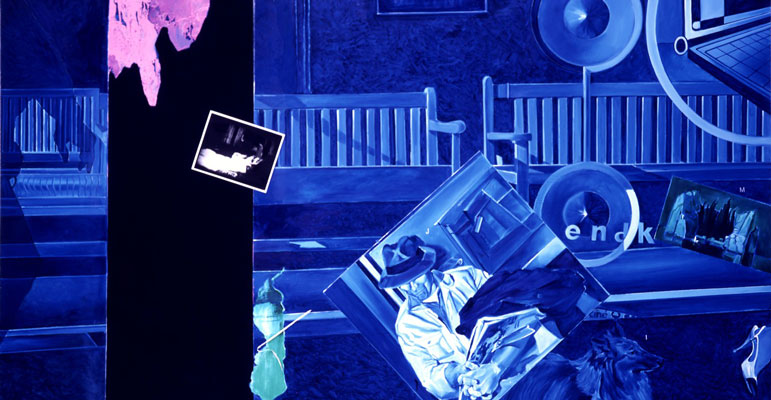Richard Taittinger Et Yoyo Maeght
ont le plaisir de présenter la première exposition Jacques Monory à New YorkRichard Taittinger Gallery
Exposition Jacques Monory du 12 janvier au 23 février 2018
+1 (212) 634-7154
info(at)richardtaittinger.com
154 Ludlow St, New York, NY 10002, USAhttps://richardtaittinger.com/
Pari réussi !
L’exposition remporte déjà un immense succès
et s’annonce comme l’uns des évènements majeurs de la rentrée newyorkaise.Pour la première exposition Monory aux USA, d’immenses toiles ont envahi les murs de la Richard Taittinger Gallery qui a choisi de présenter une sélection rétrospective de peintures de cet artiste français cofondateur de la Figuration Narrative.
To celebrate Jacques Monory, who is newly represented by Richard Taittinger Gallery, the Gallery is thrilled to present the French artist’s first solo exhibition in the United States.
The show presents a selection of Monory’s paintings from the last four decades.
Throughout his prolific career, he has been celebrated as a pioneer of the 1960’s French movement, Narrative Figuration.
His work, along with the movement, was developed out of an opposition to the informal painting that typified the era.
Not to be mistaken for Pop Art, Monory has said; “What has developed in France has moved away from American Pop Art, we have expressed a critical narrative of society while the Americans have almost always, in my opinion, embraced their system.”
Sidebar
Les Musées Privés - Magazine menu

 Le Musée Privé
art contemporain
Le Musée Privé
art contemporain

